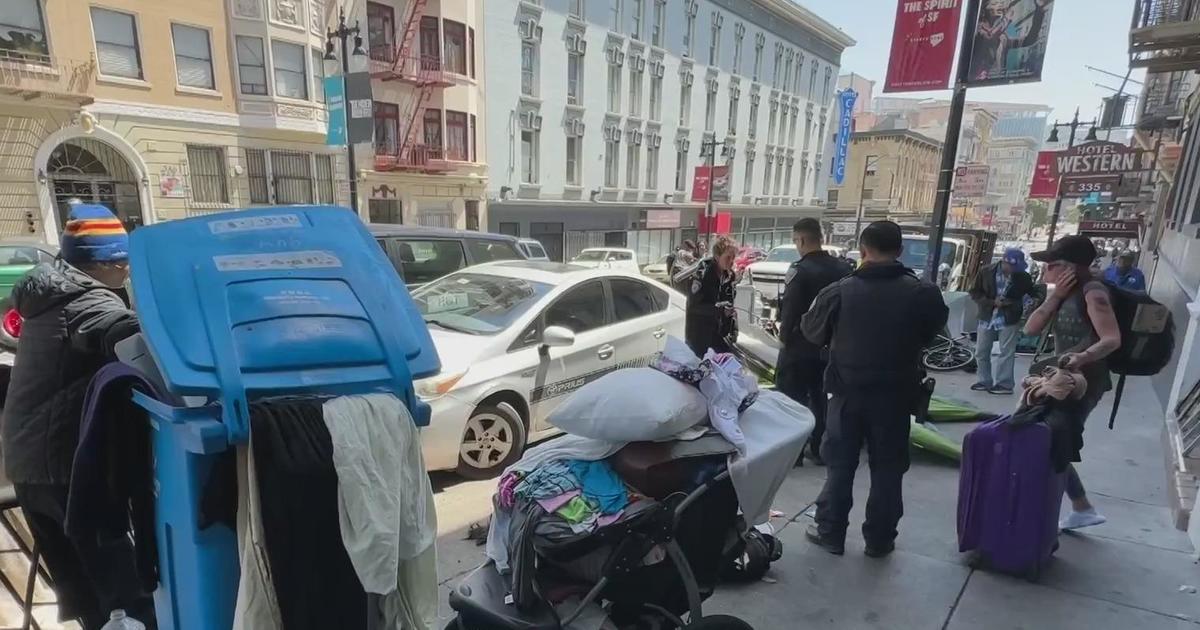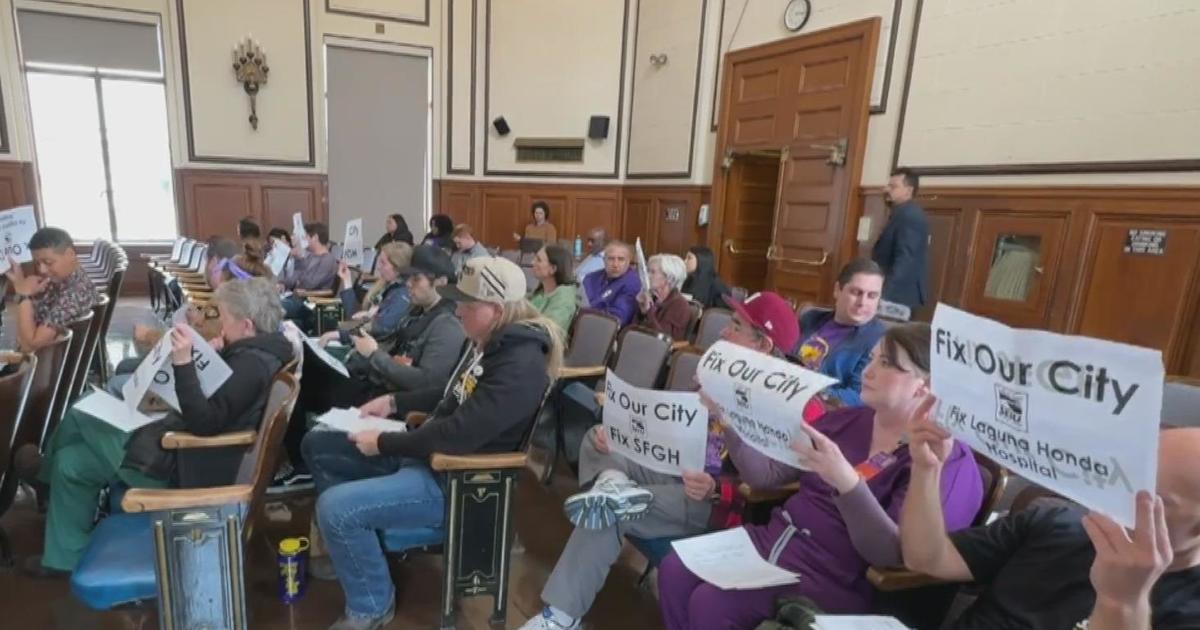Surviving Nuclear Blast Among Latest Disaster-Preparedness Scenarios
LIVERMORE (KPIX) -- Nuclear saber-rattling between U.S. President Donald Trump and North Korean leader Kim Jong-Un has prompted people to think about the unthinkable: what to do in case of a nuclear explosion.
Brooke Buddemeier, Certified Health Physicist at Lawrence Livermore National Laboratory, studies radiation safety so emergency crews can be ready for a nuclear catastrophe.
He says researchers like him have identified a couple of key strategies that could save many lives.
First, how will you know if a nuclear detonation happens? "You're going to get a bright flash of light followed by a thump," Buddemeier said. "That thump is the shock wave moving through the earth."
If there were a nuclear detonation in San Francisco, for example, it would destroy buildings in a half mile zone of severe damage.
According to the model, many lives could be saved in a moderate damage zone a mile out from the blast that could see overturned cars, some collapsed buildings, and fires.
There could be some injuries from broken glass in a light damage zone up to three miles away from the blast.
After the fiery explosion, the big problem isn't the air. It's getting too close to - or touching - the solid radioactive particles before they decay.
"That fireball is so hot, it shoots up at over 100 miles an hour and when it does, it pulls up hundreds to thousands of tons of dirt and debris with it," Buddemeier explained.
That cloud goes five miles into the atmosphere. Then, he said, "Those dirt and debris particles, coated now with radioactive material, are going to start falling back to earth."
The fallout -- particles the size of salt or sand -- is expected to rain straight down on the ground and rooftops, giving off powerful gamma radiation.
Buddemeier said people will have about 15 minutes until the fallout comes down, giving people a short amount of time to find shelter.
The worst place to be is outside or in your car trying to outrun it. You can't.
"The radiation's going to go through the windshield, the radiation's going to go through the car," said Buddemeier.
So what's the best shelter?"
"If you look around your neighborhood, if you look around where you work, the chances are you're going to find something that's at least adequate protection, if not good or excellent," said Buddemeier.
Like sheltering during a tornado, get as close to the middle of a building as possible, where you're shielded by thick walls and multiple ceilings.
You want to have as much mass and distance from the fallout as possible. A good protective room is in a below-ground basement.
Shelter for 12 to 24 hours and listen to the radio to find out when local authorities say it's safe to go outside.
Buddemeier said fallout loses over half its energy in the first hour, and more than 80 percent in the first day.
"So if you can get inside in those first few hours, you're going to miss a lot of the exposure that could be harmful," Buddemeier said.
He says the models plan for what the government considers the most likely scenario: nuclear terrorism from a 10-kiloton nuclear detonation.
That's about the same impact of the atomic bombs the U.S. dropped on Japan during World War II.
But what if North Korea launches a more powerful, 100-kiloton bomb -- the estimated size of the bomb it recently tested?
Buddemeier says the damage estimates would double, but the same advice applies: "Get inside, stay inside. Stay tuned."
It's a good reminder to have an emergency kit ready such as the kind you would need in case of an earthquake -- with a hand-cranked or battery-powered AM-FM radio.



